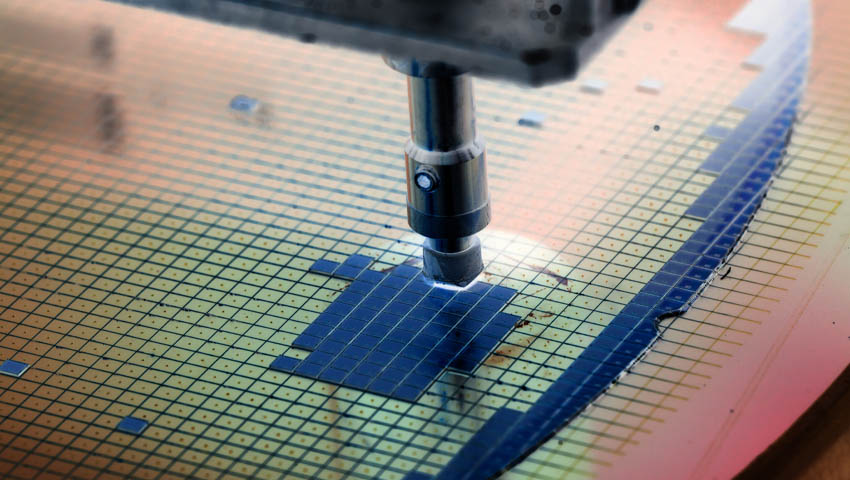DARPA has confirmed the selection of nine research teams to develop advanced RF mixed-mode electronics critical to emerging defence applications in communications, radar, and electronic warfare.
DARPA has confirmed the selection of nine research teams to develop advanced RF mixed-mode electronics critical to emerging defence applications in communications, radar, and electronic warfare.
Today’s defence electronics systems rely on radio frequency (RF) mixed-mode electronics – those that integrate RF, analogue and digital circuits onto a single chip – to interface RF signals with digital processors.
This technology supports critical communications, radar and electronic warfare (EW) capabilities, as well as being widely used to support commercial telecommunications.
The US Department of Defense (DoD) has capability demands that far exceed the requirements of the commercial world in terms of speed, fidelity, capacity and precision.
Current commercial RF mixed-mode systems on a chip (SoCs) are implemented on digital complementary metal-oxide semiconductor (CMOS) platforms, a technology that has been used for decades to construct integrated circuits, highly integrated transceivers, microprocessors and beyond.
Despite continued advancement and scaling along the trajectory of Moore’s Law for high integration density, these CMOS platforms are unable to support operations at higher frequencies with larger signal bandwidths and higher resolutions, essentially limiting their use in next-generation mixed-mode interfaces needed for emerging defence RF applications.
DARPA program manager, Dr Young-Kai Chen, who leads the Technologies for Mixed-mode Ultra Scaled Integrated Circuits (T-MUSIC) program, said, “T-MUSIC’s goal is to develop next-generation terahertz (THz) mixed-mode devices that integrate digital processing and intelligence on the same chip through an advanced CMOS fabrication platform.”
To advance RF mixed-mode interfaces beyond current limitations, DARPA established the T-MUSIC program. T-MUSIC was first announced in January 2019 as a part of the second phase of DARPA’s Electronics Resurgence Initiative (ERI).
One area of research under ERI Phase II focuses on the integration of photonics and RF components directly into advanced circuits and semiconductor manufacturing processes, enabling unique and differentiated domestic manufacturing capabilities.
“These technologies will provide DoD systems with differentiating capabilities in advanced RF sensors, high capacity wireless and wireline communications, and beyond,” Dr Chen added.
As such, T-MUSIC will explore the integration of mixed-mode electronics into advanced onshore semiconductor manufacturing processes.
The goal is to develop highly integrated RF electronics with an unprecedented combination of wide spectral coverage, high resolution, large dynamic range, and high information processing bandwidth.
Further, the program will work to establish a domestic ecosystem that can facilitate enduring DoD access to high-performance RF mixed-mode SoCs.
The T-MUSIC program has selected nine research teams from academic institutions, as well as commercial companies, to take on the program’s research objectives. In particular, five research teams will work to develop and implement advanced broadband RF mixed-mode circuit designs.
These designs will essentially form ‘building blocks’ that can be used by DoD-relevant applications. The building blocks will also establish the foundation of a mixed-mode IP library for the DoD user community. The research teams selected for this area of research include:
- BAE Systems;
- Raytheon;
- University of California, Los Angeles;
- University of California, San Diego; and
- University of Utah.
The five circuit design teams will closely collaborate with two foundry partners selected to support the development of advanced mixed-mode technologies in US onshore CMOS foundries. The foundry partners include GlobalFoundries and TowerJazz.
Finally, a third group of researchers will explore foundational breakthroughs in ultra-broadband transistors, pushing well beyond current near-term advances in foundry technology.
Research teams from the University of California, Los Angeles, and University of California, Berkeley, will explore new types of RF mixed-mode transistors capable of demonstrating transistor-switching speed up to 1 THz in a scalable CMOS platform.



